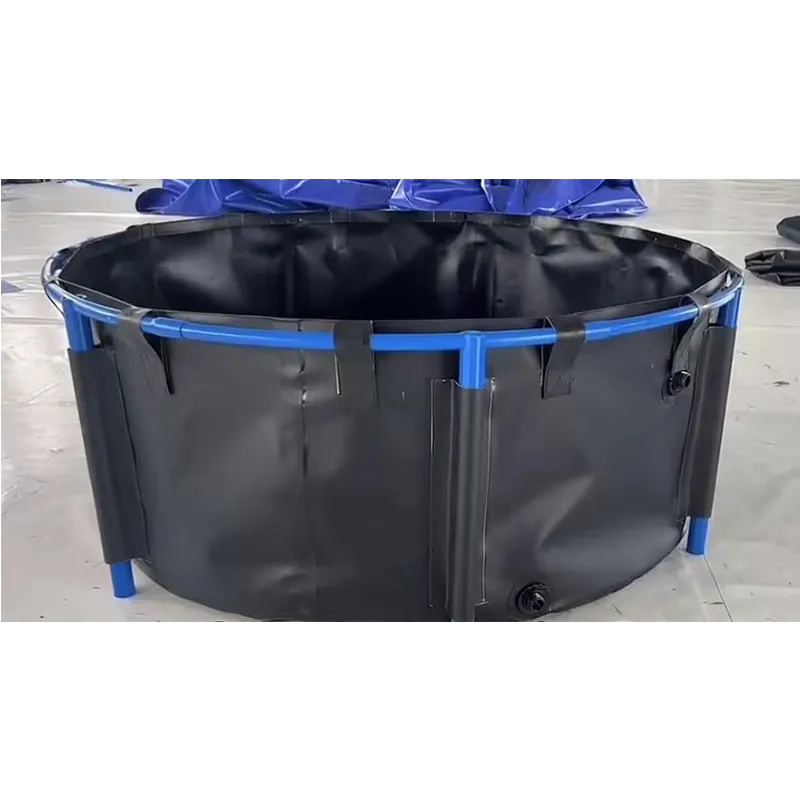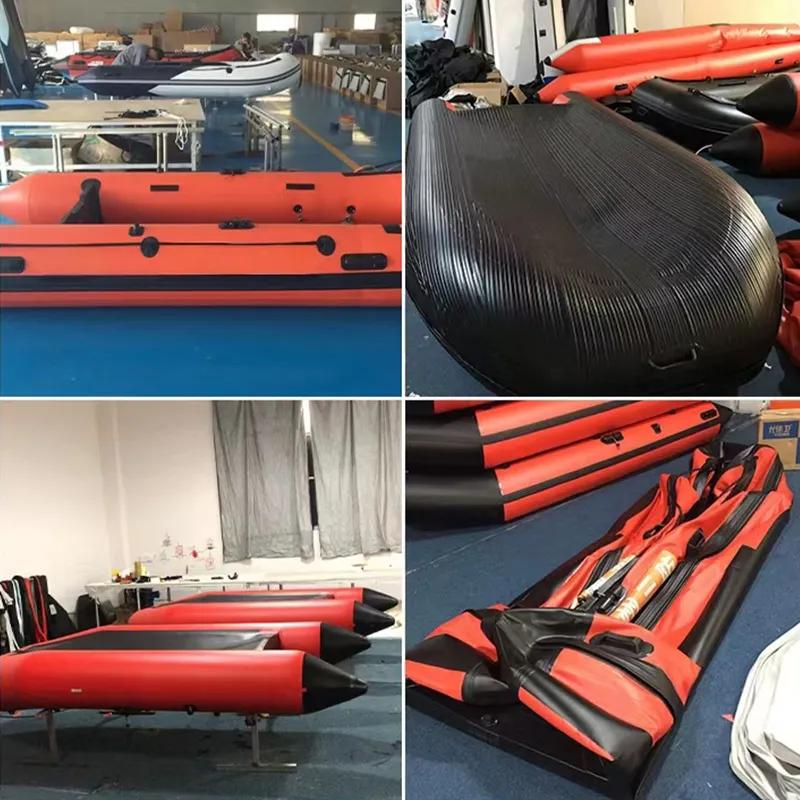

Perhaps the most iconic firefighting ladder is the aerial ladder, an integral component of fire trucks. These ladders can extend between 65 and 100 feet, mounted on a rotating turntable allowing a 360-degree operational range. Made from toughened steel or aluminum, aerial ladders often come equipped with a water hose channel, enabling direct water application into higher floors or rooftops without endangering firefighters. The advanced hydraulics ensure precision placement and positioning, making them indispensable in urban firefighting, especially for combatting fires in multistory buildings. Less commonly discussed but equally vital are the combination ladders used by some fire departments. These multipurpose tools can function as stepladders, extension ladders, or straight ladders, adapting to various scenarios with relatively simple adjustments. Their versatility adds a significant advantage in operations where space, weight, and speed of action are constraints to be managed efficiently. The choice of ladder is determined by the situation's demands structure type, fire location, and rescue requirements all play pivotal roles. Firefighting ladders are not one-size-fits-all equipment; their correct application enhances both operational efficiency and safety. Fire departments investing in training sessions for effective ladder use and maintenance can significantly impact the outcome of firefighting efforts. Time invested in understanding the ladder's mechanics, load capacity, and deployment techniques can be the difference between a successful rescue and a delayed response. In conclusion, knowledge about different types of ladders used in firefighting is invaluable. By embracing advancements in ladder designs and materials, manufacturers continue to support firefighters with tools that enhance safety, improve performance, and crucially, save lives. Each ladder style brings unique benefits to the fireground, and the strategic application of these ladders forms the backbone of effective firefighting capability.





























